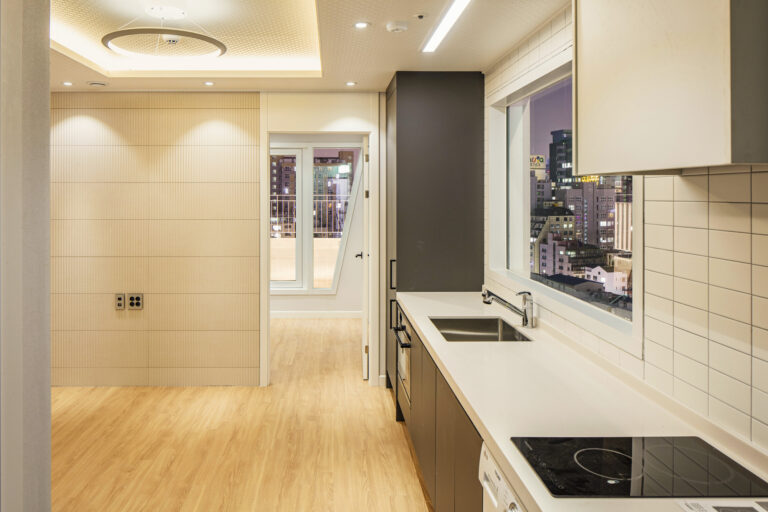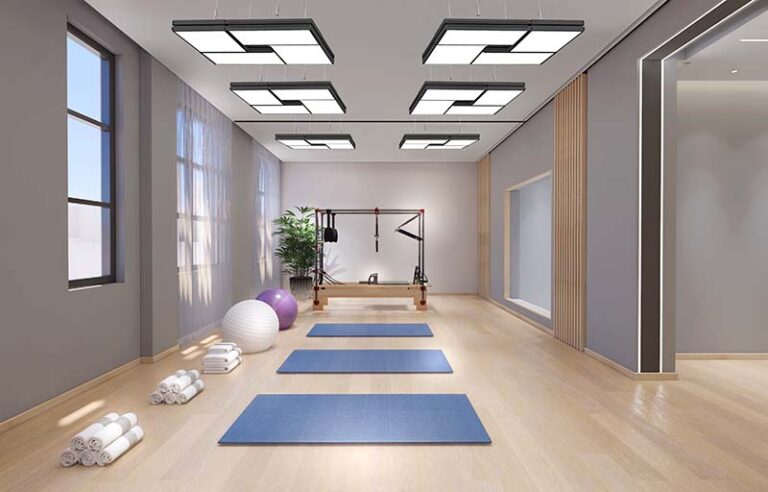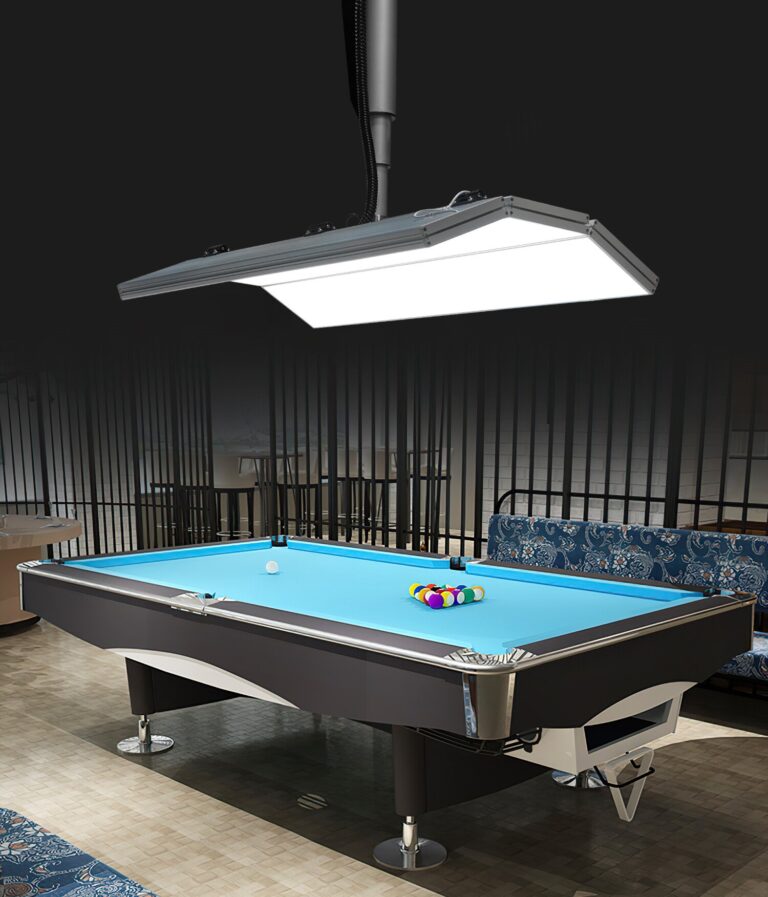How many watts of LED bulbs are needed for a 20-square-meter room?
If a 20-square-meter room requires a moderately bright lighting environment and an LED bulb with a luminous efficacy of 100 Lm/W is selected, then approximately 15 watts of LED bulbs are required.
Explanation of terms related to LED lights
- Luminous efficiency, also known as luminous efficiency or the power factor of a light source, is the ratio of the radiant flux emitted by a light source to the power consumed, which is measured in lumens/watt (lm/W). Generally, high-quality LED bulbs can provide a luminous efficiency of 80-120 Lm/W.
- Lighting Levels: Lighting levels vary for different spatial environments. Recommended lighting levels for areas typically used for reading, working or daily activities are approximately 50-100 Lm per square meter, depending on the specific activity and personal preference.In this article, 75Lm/sqm is selected for illustration.
Give an Example
To calculate the required wattage of the LED bulb, we can use the following formula:
Required Wattage = (Total Lumens Required) / (Luminous Efficiency of LED Bulb)
Assuming we choose a lighting level of 75Lm per square meter (which is a modest choice), the total lumens required for a 20 square meter room is:
Total lumens required = 20 square meters × 75Lm/square meter = 1500Lm
If we choose an LED bulb with a luminous efficacy of 100Lm/W, then the required wattage is:
Wattage required = 1500Lm / 100Lm/W = 15W
Choosing the correct light bulb for a room is essential for creating the right atmosphere. It depends on the room’s function, size, the type of light fixture, and the natural light in the room. Here are a few things to consider:
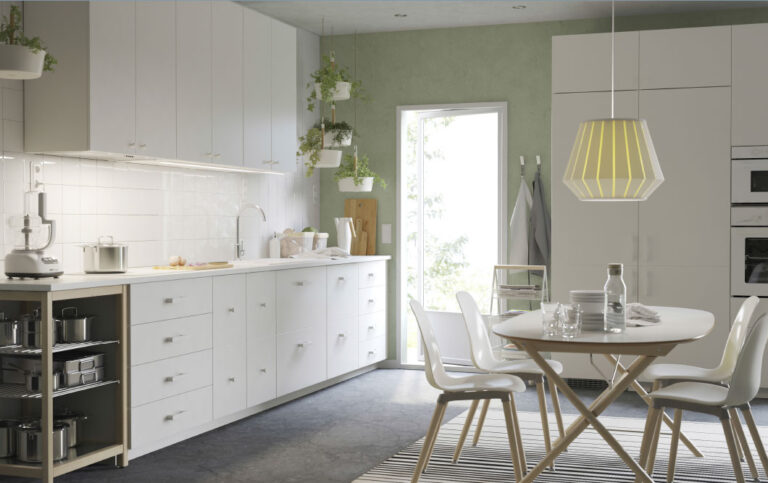
- Think about how the room will be used: Different activities need different types of light. For example, bedrooms and living rooms need soft, cozy lighting, while kitchens and bathrooms need brighter, more evenly distributed light for tasks.
- Consider the size of the room: Smaller rooms need less light, while larger rooms need more. As a general guide, each square meter of space needs about 1 to 1.5 watts of light.
- Look at the type of light fixture: Different fixtures give off different amounts of light. LED fixtures are energy-efficient and last long, while traditional incandescent bulbs give off bright light but use more energy.
- Think about natural light: If the room gets a lot of natural light, you might not need as much artificial light during the day. But at night or on cloudy days, you might need more artificial light to compensate for the lack of natural light.
If you want to choose LED lights like a pro, you must understand the different types of lights and what to look for when selecting them.
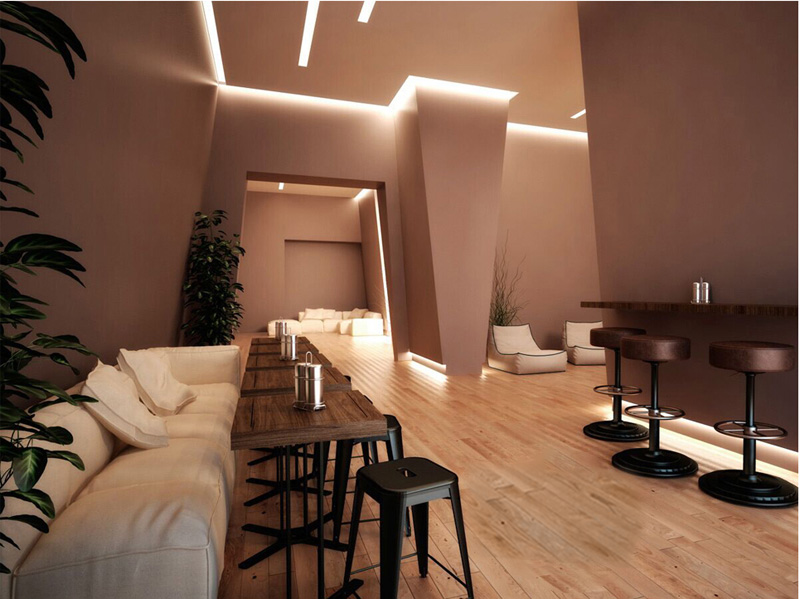
Types of Lights
- Essential lighting: This includes chandeliers, ceiling lights, and downlights, providing overall illumination.
- Local lighting: Table lamps, floor lamps, and light strips are examples of local lighting that can be used for specific areas or tasks.
- Ambient lighting: Light strips and spotlights create a particular mood or ambiance in a space.
What to consider when choosing lights
Of course, to determine how much light your room needs, you can refer to the table below!
Standard values for lighting in residential buildings:
| Room or Area | Reference Plane and Height | Illuminance Standard Value (Lux/m²) |
| Room or Space | 0.75m horizontal plane | 100 |
| Living Room (Reading and Writing) | 0.75m horizontal plane | 300 |
| Living Room (General Activities) | 0.75m horizontal plane | 75 |
| Bedroom (Bedside, Reading) | 0.75m horizontal plane | 150 |
| Dining Room (Dining Table) | 0.75m horizontal plane | 150 |
| Dining Room (General Activities) | 0.75m horizontal plane | 100 |
| Kitchen (Countertop) | Countertop | 150 |
| Bathroom | 0.75m horizontal plane | 100 |
Reference table for room luminous flux values:
| Room Type | Reference area(m²) | Reference illuminance(lx) | Luminous flu(lm) | Luminous flux per square mete(lm/m²) |
| Bedroom | 10 | 100 | 2000 | 200 |
| Bedroom | 12 | 100 | 2400 | 200 |
| Bedroom | 15 | 100 | 3000 | 200 |
| Living Room | 20 | 150 | 6000 | 300 |
| Living Room | 25 | 150 | 7500 | 300 |
| Living Room | 30 | 150 | 9000 | 300 |
| Dining Room | 7 | 150 | 2100 | 300 |
| Bathroom | 4 | 100 | 800 | 200 |
| Balcony | 6 | 2400 | 300 |
Attention:
- try to choose the corresponding luminous flux according to the area.
- luminous flux and luminous efficacy are unknown; the wattage is according to the area to buy, not buy small.
- the height of the floor is greater than 3 meters, or the decorative style of dark colors, it is recommended to choose a larger one.
- a large living room of more than 30 square meters is recommended to increase auxiliary lighting.
The above is the “How Many Watts of Light Do You Need for a Room? “The guide explains; hopefully, it can help you quickly choose the right LED lighting design program.

